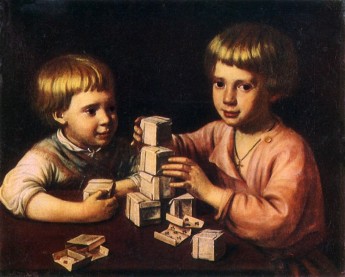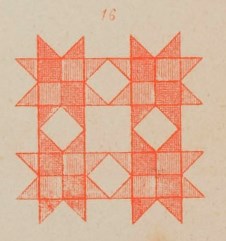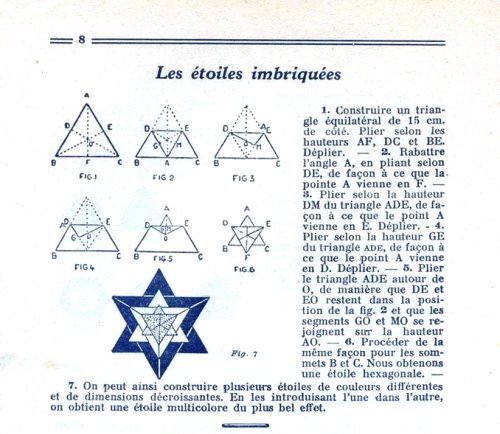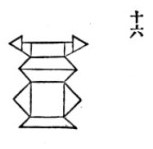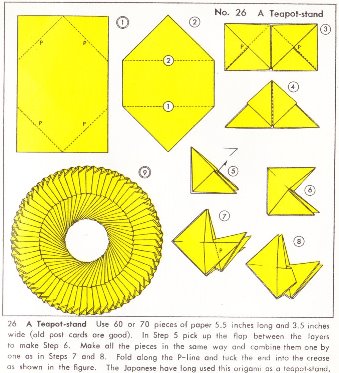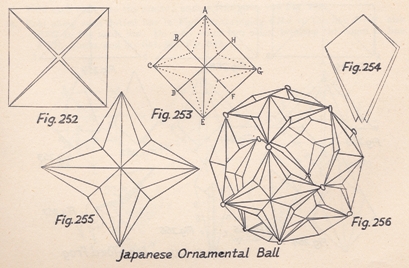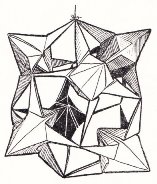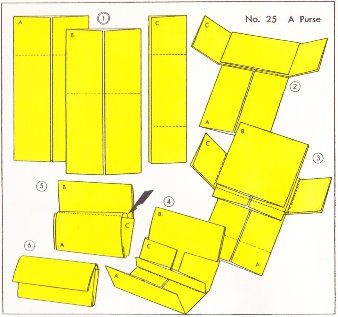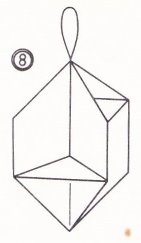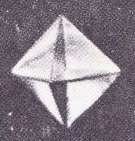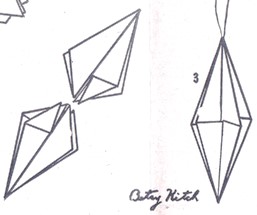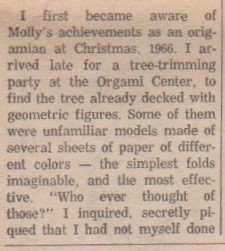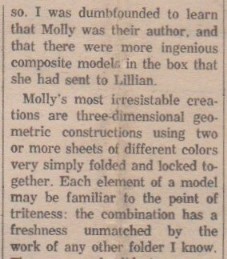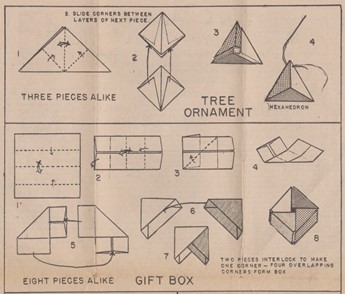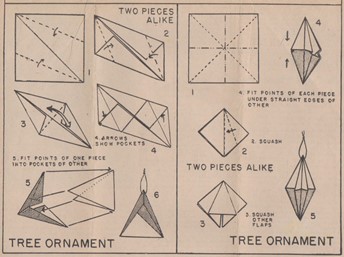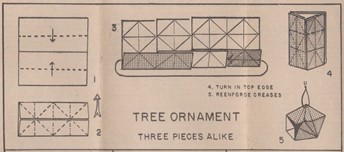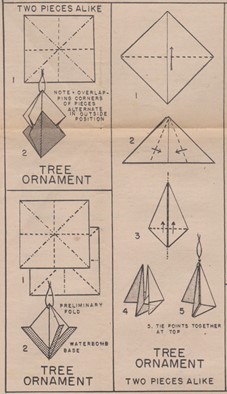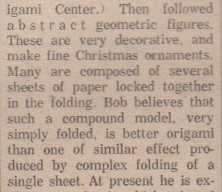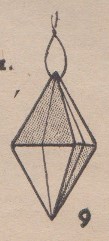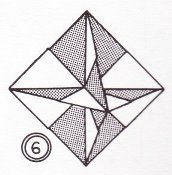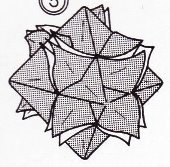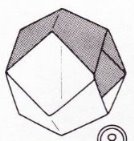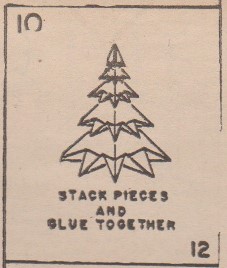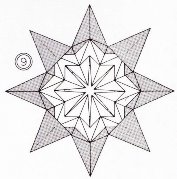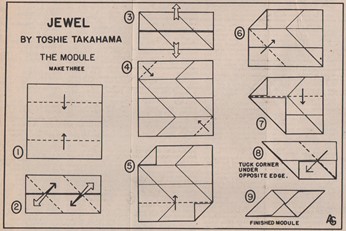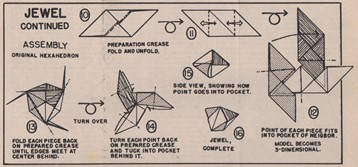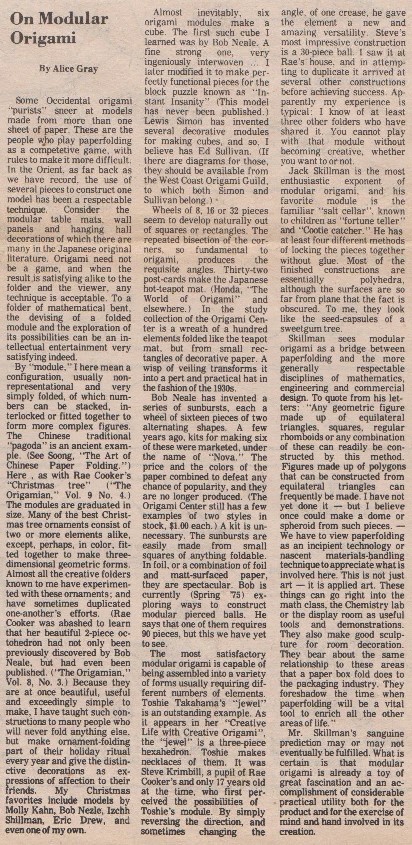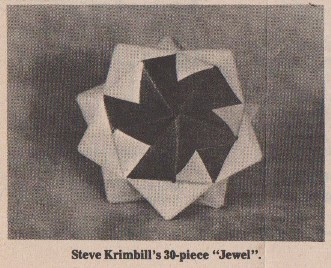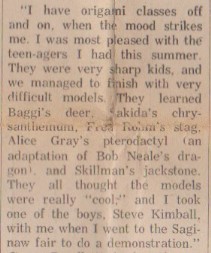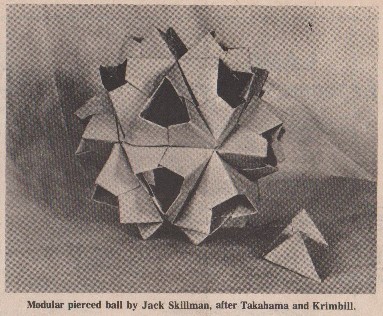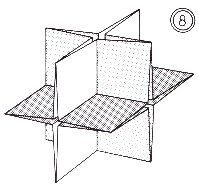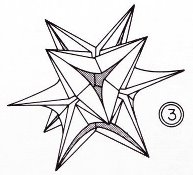| The Public Paperfolding History Project
Last updated 08/9/2025 x |
|||||||
| Modular Origami | |||||||
| This
page is being used to collect information about the
history of the multiple sheet paperfolding technique
known as modular origami, or in Japan as Yunnito Origami,
although it has had other names in the past. Please
contact me if you know any of this information is
incorrect or if you have any other information that
should be added. Thank you. I formally define modular origami as 'a two stage paperfolding technique which uses multiple sheets of paper. In the first stage each individual sheet of paper is folded into a module. In the second stage the modules are assembled into a self-integrating and stable geometric form.' I believe the requirement for modules to be self-integrating is essential to the definition of modular origami in a modern context but I have not excluded early designs from this page just because they needed to be held together using thread or glue. There are separate pages about: The history of Kusudama. (Kusudamas which are self-integrating (rather than held together by thread or glue) are by definition modular origami designs.) The history of Designs Woven from Folded Strips. The history of Macromodular Origami. ********** The Tematebako - 1734 onwards
********** The Playing Card Cube - 1759 onwards
********** The Paper Rosette - 1863 onwards 1863 is the earliest date at which I can evidence the idea of combining Paper Rosettes to make larger designs. Some of these larger designs appear to be made just by gluing individual rosettes side by side onto a background, wheras in other cases it appears that they may be directly linked by inserting their arms inside each other, or by threading them onto other strips of paper.
********** The Two-Ring Cube - 1889 onwards
********** Playing Card Squares - 1890 onwards
********** The Two-Part Star of David - 1894 onwards
********** Eight Squares - 1894 onwards
********** Eight Triangles - 1894 onwards
********** Nested Non-Woven Stars of David - 1895 onwards
********** The Six-Part Hexagonal Ring - 1897 onwards
********** 1913 Designs for two types of modular 'overlapping square', which I call Threadable Decorations, appear in 'Trabajo Manual' by C Champy Alvear, which was published by Cabaut y Cia in Buenos Aires in 1913. The single threadable decoration is made from two 3x1 rectangles. A ribbon paper strip may pass through this design in one direction only. The double threadable decoration is made from four 3x1 rectangles and a paper strip may pass through it in both directions.
The work shows how single and double threadable decorations, paper strips and 'dihedral angles' (ie cube corners made from a square by means of a slit) can be combined to create a variety of baskets and bowls.
********** 1914 Diagrams for a 'Memorial Arch' made by glueing together two 'Yarn Spools' appear in 'Zhe zhi tu shuo' (Illustrated Paperfolding), compiled by Gui Shaolie, which was published by the Commercial Press in Shanghai in Ming guo 3 (1914).
********** The Teapot Stand - 1923 onwards
********** 1936 'Paper Toy Making' by Margaret Campbell, which was first published by Sir Isaac Pitman and Sons Ltd in London, probably in 1937, although both the Foreword and Preface are dated 1936, which argues that the book was complete at that date, contains diagrams for making a 'Japanese Ornamental Ball' from six blintzed bird bases. According to the text 'The Japanese make six of these, and sew them together at the points until a complete ball is made. ... A coloured bead finishes off each corner.'
********** The Mystery Box - 1944 onwards
********** 1944 'Origami Shuko' by Isao Honda, which was published in 1944, contains diagrams for a module (from a 120 / 60 rhombus) which can be used to make various constructions for a flat hexagon and open base polyhedra. Note that in Honda's 'The World of Origami', published in 1965, design of this module is attributed to Akira Yoshizawa.
The same designs appear in 'All About Origami' by Isao Honda, which was published by Toto Bunka Company, Limited in Tokyo in 1960.
*** The same designs also appear as 'Rhombus Constructions' in 'The World of Origami' by Isao Honda, which was published by Japan Publications Trading Company in the USA in 1965, where they are attributed to Akira Yoshizawa.
********** 'Origami Shuko' also contains diagrams for a modular / multipiece Medal design.
********** 1954 'Atari Origami Geijuitsu' by Akira Yoshizawa, which was published by Origami Geijutsu Sha in 1954, contains a photograph of a kusudama. The design is not diagrammed or mentioned in the text and it is not clear whether it is a glued multi-piece or a modular design.
********** 1956 'Paper Magic' by Robert Harbin, which was published by Oldbourne in London in 1956, contains instructions for making Harbin's Christmas Star Decoration by sewing together six Outer Space Ships.
********** The Three-Piece Purse - 1959 onwards
********** 1963 'The Best of Origami' by Samuel Randlett, which was published by E P Dutton in New York in 1963 and by Faber and Faber Ltd in London in 1964, contained two versions of a 2-part modular 'Ornament' by John M Nordquist. Of the ornament on the right the text says 'Next to the ORNAMENT is a variation ... which begin with two squares.' (This would thus seem to be the same design as my own 2-part Nolid Octahedron, but, of course, of much earlier date.) The ornament on the left is folded from 2x3 rectangles.
********** Vol 5: Issue 4 of 'The Origamian' for Winter 1965 included diagrams for a 2-part modular 'Diamond' by Betsy Kitch.
********** 1966 Vol 7 issue 4 of the Origamian for Winter 1967 contained a profile of Molly Kahn (Lillian Oppenheimer's daughter) written by Alice Gray and diagrams for 10 of her original designs, 9 of which were 'composite models'.
********** 1968 According to David Lister The Sonobe Module was first published in 1968 in the second magazine published by the Sosaku Origami Group 67 (see David Lister on the Sonobe Module) of which Mitsunobu Sonobe was a member (along with Kunihiko Kasahara and Toshie Takahama among others). I have not seen a copy of this magazine, but it is said to have contained diagrams for what Mitsunobu Sonobe called a 'Color Box'. which was in fact a cube made from six basic Sonobe modules (although they were not called that at the time). ********** A modular Star made from eight dollar bills, and attributed to Robert Neale, appears in 'Folding Money, Volume Two' edited by Samuel Randlett, which was published by Magic Inc of Chicago in 1968.
********** Vol 8 issue 3 of the Origamian for Autumn 1968 contained a profile of Robert E Neale, including brief information about his compound models, and diagrams for his Octohedron (sic) Tree Ornament.
********** Flapping Bird Issue 2 contained two modular designs by Robert Neale: Sixfold Ornament (6-part modular)
********** Salt Substitute(6-part modular)
********** 1969 Skillman's 'Embroidered Ball' , a 2-part modular design, appeared in Issue 4 of the Flapping Bird. (This ball will collapse flat in two directions, but this property does not appear to have been known to its inventor, or at least to have been important enough to be mentioned.)
********** Vol 9 issue 4 of the Origamian for Winter 1969 contains diagrams for Rae Cooker's Christmas Tree made from Robert Harbin's 'unbasic form'.
********** 1971 Randlett's 'Binary Star' (2-part modular) appeared in Issue 15 of 'The Flapping Bird':
********** 1974 These 2-part cubes by Ho Tsak-man appeared in Issue 21 of the 'Flapping Bird':
********** 1975 Vol 13 issue 3 of the Origamian, which was undated, but, according to David Lister (see link above) published in June 1976, contained diagrams for a 'Jewel' attributed to Toshie Takahama which was made from three Sonobe modules (although Mitsonobu Sonobe was not credited with its invention here).
The same issue contained an article written by Alice Gray titled 'On Modular Origami'. The article mentions Toshie Takahama's 'Jewel' and states that 'Toshie makes necklaces of them.' It also states that 'It was Steve Krimbill, a pupil of Rae Cooker's, and only 17 years old at the time, who first perceived the possibilities of Toshie's module. By simply reversing the direction, and sometimes changing the angle of one crease, he gave the element a new and amazing versatility. Steve's most impressive construction is a 30-piece ball. I saw it at Rae's house, and in attempting to duplicate it arrived at other constructions before achieving success.' Again, no mention of Mitsonobu Sonobe is made.
*** The article is titled 'On Modular Origami'. This is possibly the earliest use of this description. In addition to Toshie Takahama's Jewel, the article mentions: The Pagoda from Maying Soong's 'The Art of Chinese Paperfolding'. An unnamed / unidentified design by Eric Drew. Rae Cooker's Christmas Tree from Origamian Vol 9 issue 4 (see 1969 above). An unidentified / unpublished cube by Bob Neale Unnamed / unidentified designs by Lewis Simon and Ed Sullivan. The Japanese 'hot teapot mat' from Honda's 'World of Origami' Bob Neale's 'Nova' kits and his current (Spring '75) work on pierced modular balls. Jack Skillman's designs made using Saltcellars as modules. The article is also accompanied by a photo of a modular pierced ball by Jack Skillman, although this design is not mentioned in the article. (The module used to make this design is now known as the Skillman module.)
********** 1976 Sullivan's 'XYZ' (a 6-part modular) appeared in Issue 25 of the 'Flapping Bird':
********** Philip Shen's 6-part 'Omega Star', which was developed from XYZ by E D Sullivan, also appeared in Issue 25 of the 'Flapping Bird'.
********** 1977 Kenneth M Kawamura's self-published booklet 'Geometrical Compound Origami or Meditations on a Waterbomb', published in 1977, contains modular origami designs by Kenneth Kawamura and Joe Power which were created between 1971 and 1976. The majority of these are compact weave designs. ********** On 5th July 1977 Jack J Skillman was granted a patent for the design and assembly of folded paper modules, one capable of producing 'stellated' designs, which is folded from a parallelogram divided into equilateral triangles, and the other 'pierced' polyhedra, which is folded from 2x1 rectangles. ********** 1990 'Kusudama: Ball Origami' by Makoto Yamaguchi was published in English by Shufunotomo Co Ltd in Japan in 1990. The book contains two kinds of designs, those which are genuinely kusudamas and are held together with glue or thread, and those which should more properly be called modular sculptures since they do not resemble balls of herbs or flowers in any way, and which are mostly self-integrating. ********** |
|||||||

